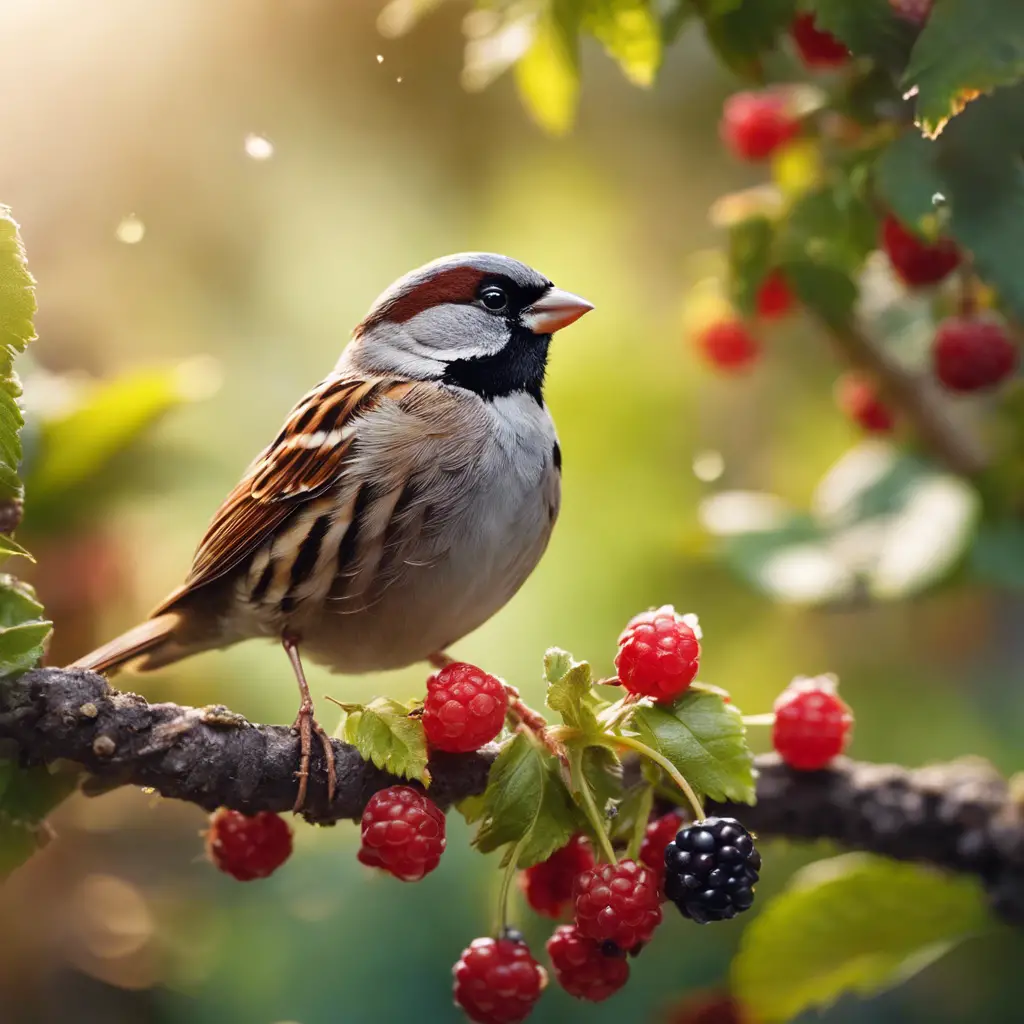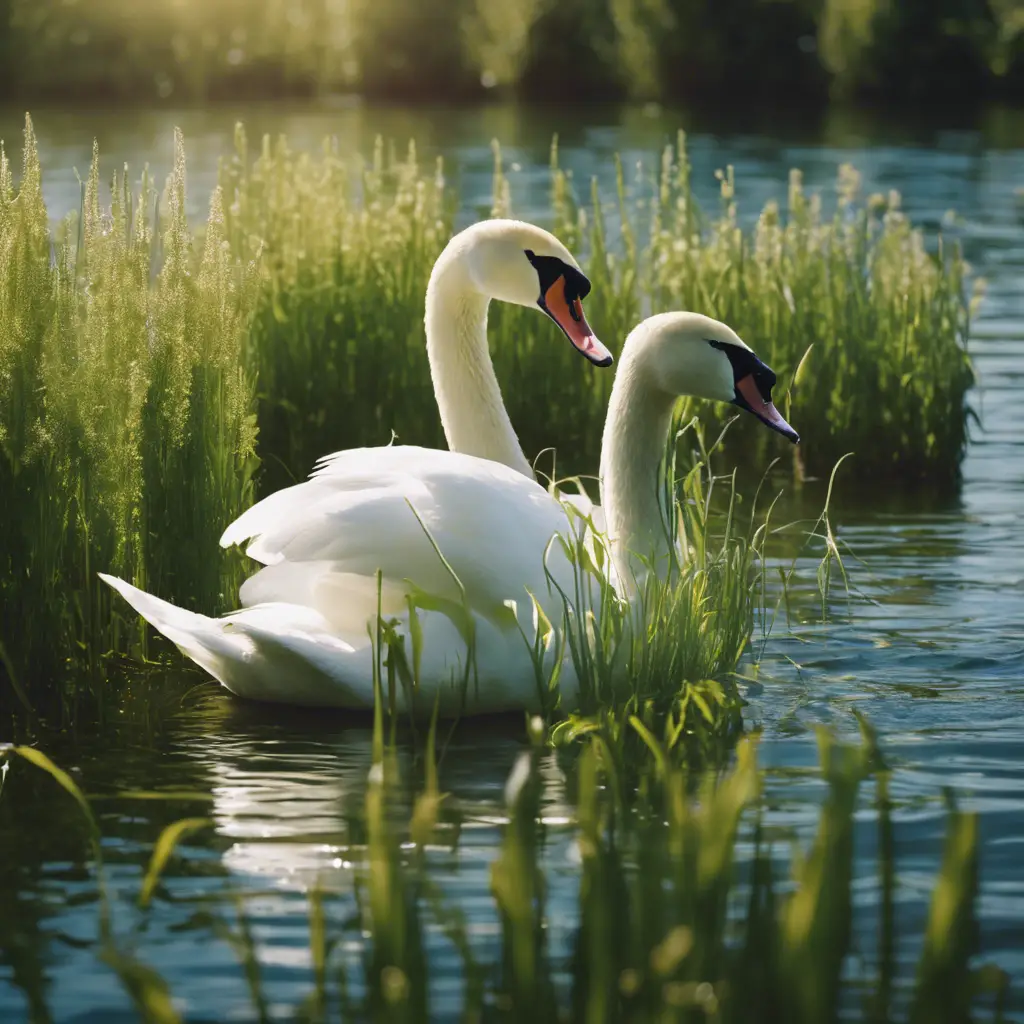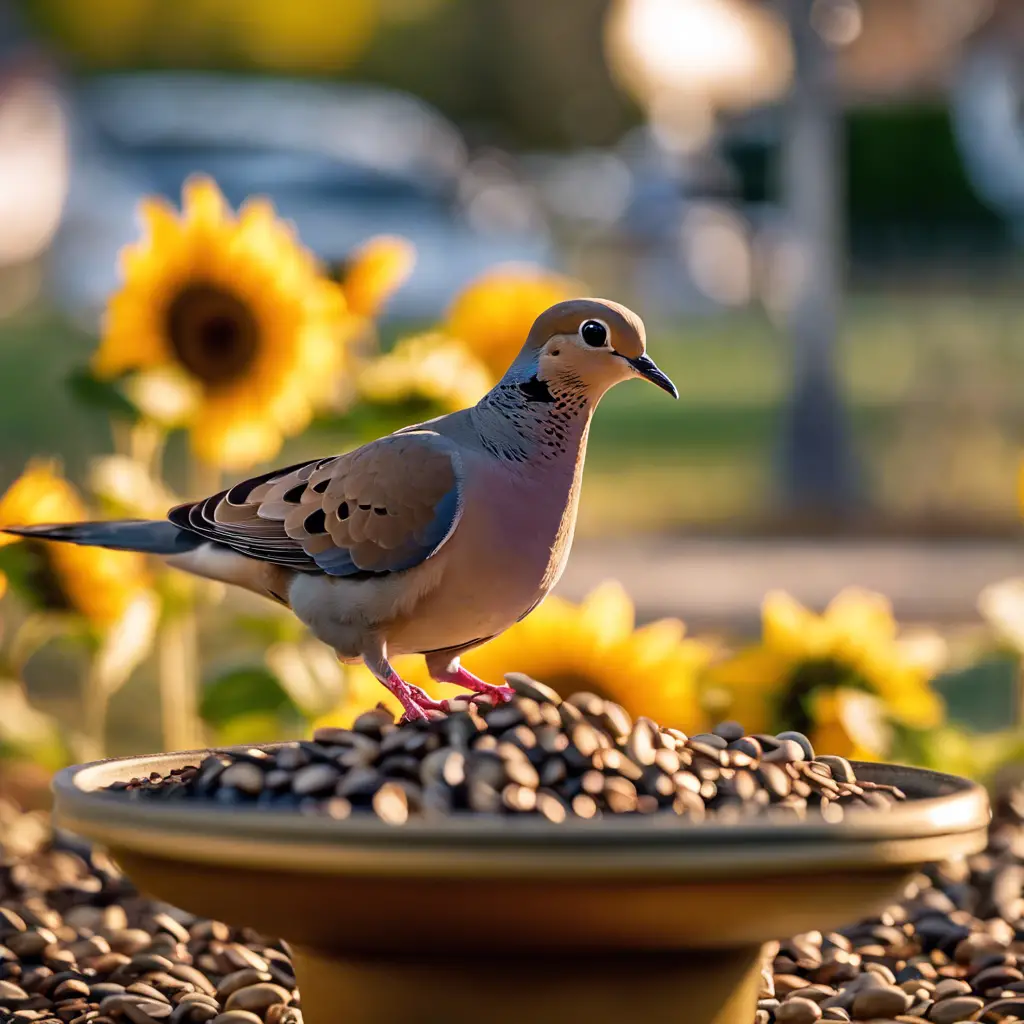Drawing from my experience as a bird enthusiast and researcher, I recall the time I decided to transform my garden into a haven for sparrows.
I meticulously selected plants that produced an abundance of seeds, aligning with the birds’ natural diet.
The result was mesmerizing: flocks of sparrows began to visit, chirping joyously as they feasted.
My expertise in avian behaviors helped me understand their seasonal dietary shifts, and I supplemented their diet with suitable grains and insects.
I believe that creating such a space not only supports local wildlife but also brings an unmatched sense of connection with nature right to your doorstep.
Key Takeaways
- Sparrows have a diverse diet that includes insects, berries, and seeds.
- They rely on insects for protein and particularly enjoy sunflower seeds.
- Sparrows also eat small vertebrates, demonstrating dietary flexibility.
- Their diet adjusts based on seasonal availability, with more insects consumed in spring and summer and grains and seeds in fall and winter.
Sparrows’ Varied Diet
You’ll find that sparrows have a remarkably diverse diet, ranging from insects to berries. These little birds, including both Eurasian Tree Sparrows and various North American sparrows, aren’t picky eaters at all. They feast on a mix of seeds, such as sunflower seeds, which are a particular favorite, alongside a variety of insects that are crucial for their protein intake.
In their pursuit of nourishment, sparrows often snatch up small vertebrates, adding a surprising twist to their diet. Whether it’s in a bustling city or a serene countryside, these adaptable feathered creatures make the most of the resources available, demonstrating a dietary flexibility that ensures their survival across diverse habitats.
Preferred Seeds and Grains
Considering their partiality to certain foods, you’ll find that sparrows particularly enjoy a variety of seeds and grains, including sunflower and safflower seeds. These little birds aren’t fussy eaters, but they do have their favorites when it comes to what they eat. To attract sparrows to your yard, consider offering:
- White proso millet – a top pick for most sparrows.
- Cracked corn – it’s a hit, especially when sprinkled on the ground.
- Thistle seeds – these can be an occasional treat that sparrows will appreciate.
When you’re choosing commercial bird seed mixes, look for those that emphasize these grains and seeds. Sparrows prefer feeding on the ground, so scatter the seeds or place them in a large, accessible feeder. Remember not to overdo it; serve just enough to be consumed in a day to keep the feed fresh and inviting.
Insects and Animal Matter
Why not delve into the insect-based diet of sparrows, which includes beetles and caterpillars, crucial for their protein intake? As small birds, Passer domesticus, or house sparrows, are known to eat insects with gusto. They catch insects in the air or forage for them on the ground, displaying remarkable adaptability.
| Insect Type | Importance to Diet |
|---|---|
| Beetles | High protein source |
| Caterpillars | Vital for chick growth |
| Flies | Readily available prey |
When Sparrows Find these insects, they’re snagging essential nutrients necessary for their survival, especially during the breeding season when their energy requirements soar. Remember, while you might see these little guys pecking at seeds, don’t be surprised if they suddenly snatch insects in the air – it’s all part of their varied diet!
Seasonal Dietary Changes
Throughout the year, sparrows adjust their diet to adapt to the changing availability of food sources, shifting from insects in the warmer months to seeds and suet in the colder seasons. As you observe these birds, you’ll find that their seasonal dietary changes are a survival tactic, ensuring they can always find food.
Sparrows, a common sight in many environments, follow these patterns:
- In spring and summer, they eat more insects, which are plentiful.
- Come fall, they transition to grains and seeds as insects become scarcer.
- Winter sees sparrows relying on suet, millet, and other seeds for energy.
Understanding these dietary shifts is crucial if you’re looking to support the local sparrow population throughout the year.
Attracting Sparrows to Gardens
To attract a variety of sparrows to your garden, you’ll need to provide an ample supply of their preferred seeds and a suitable environment. Start by scattering seeds like sunflower, safflower, and millet on the ground, especially near cover such as brush piles or shrubs. This mimics their natural foraging preferences, making your garden a go-to spot for food.
Also, consider installing large bird feeders, which can serve as an additional dining area for these birds. House sparrows eat from tray or platform feeders when they’re filled with their favorite seeds.
To further entice them, make sure to plant ornamental grasses and sunflowers. These plants are excellent choices for attracting sparrows to gardens, as they provide an abundance of seeds during the nesting season.
Unsafe Foods to Avoid
You should be mindful to avoid feeding sparrows certain foods that can be harmful to their health. Although these birds are commonly found around the world and can often travel far north, not all commonly available foods are safe for them.
Here’s what to steer clear of:
- Bread: It’s not very nutritional for sparrows Passer and should be limited in their diet.
- Rice: While not toxic, it’s not the most nutritious option for these birds.
- Salty or sugary foods: Excessive salt and sugar are unhealthy for sparrows, as they’re for most birds around.
Frequently Asked Questions
What Do Sparrows Like to Eat the Most?
You’re likely curious about a sparrow’s favorite food, right? Well, they love feasting on seeds, making up the bulk of their diet, but they won’t pass up juicy insects, especially in summer!
What Will Sparrows Not Eat?
You should avoid feeding sparrows processed snacks, dairy, large nuts, whole fruits, or toxic plants, as these are foods they won’t eat and can even be harmful to their health.
How Do You Feed Wild Sparrows?
You can feed wild sparrows by scattering seeds on the ground or placing them in feeders. Offer fresh water, and in summer, provide mealworms; in winter, add suet for extra nutrition.
Do House Sparrows Eat Mice?
No, you won’t find house sparrows eating mice. They prefer seeds, fruits, and insects, not mammals. Stick to birdseed and similar foods if you’re looking to feed them.
Conclusion
You’ve learned that sparrows enjoy a varied diet, from seeds and grains to insects and other animal matter. They adapt their diet with the seasons, which you can support by providing appropriate food options.
By incorporating native plants and avoiding unsafe foods, you’ll create a haven for these lively birds in your garden. Keep observing their habits to maintain a sparrow-friendly environment all year round.
Your efforts will surely make your backyard a bustling hub for these small, chirpy guests.

An avid ornithologist, zoologist and biologist with an unwavering passion for birds and wild animals.
Dr. Wilson’s journey in ornithology began in childhood and led him to obtain a Ph.D. in Ornithology from the prestigious Avian Research Institute. He has worked closely with renowned experts in the field and conducted extensive research and field studies globally.





